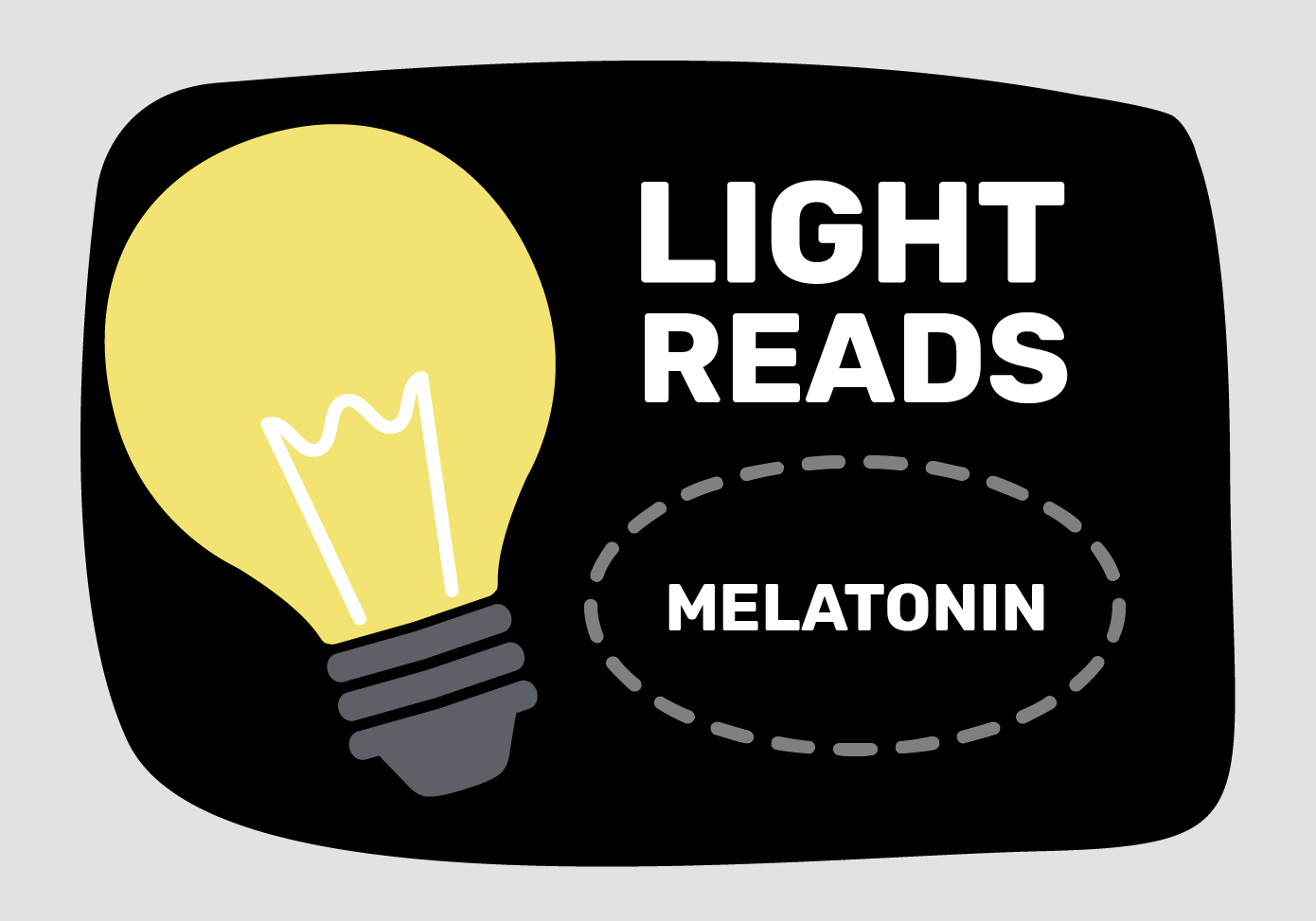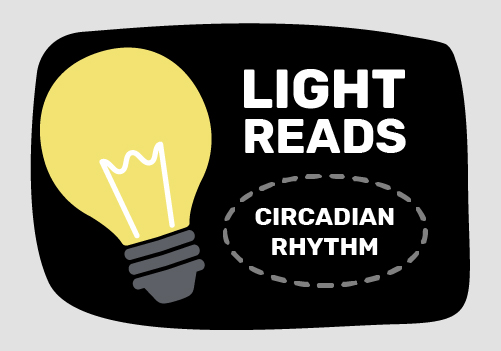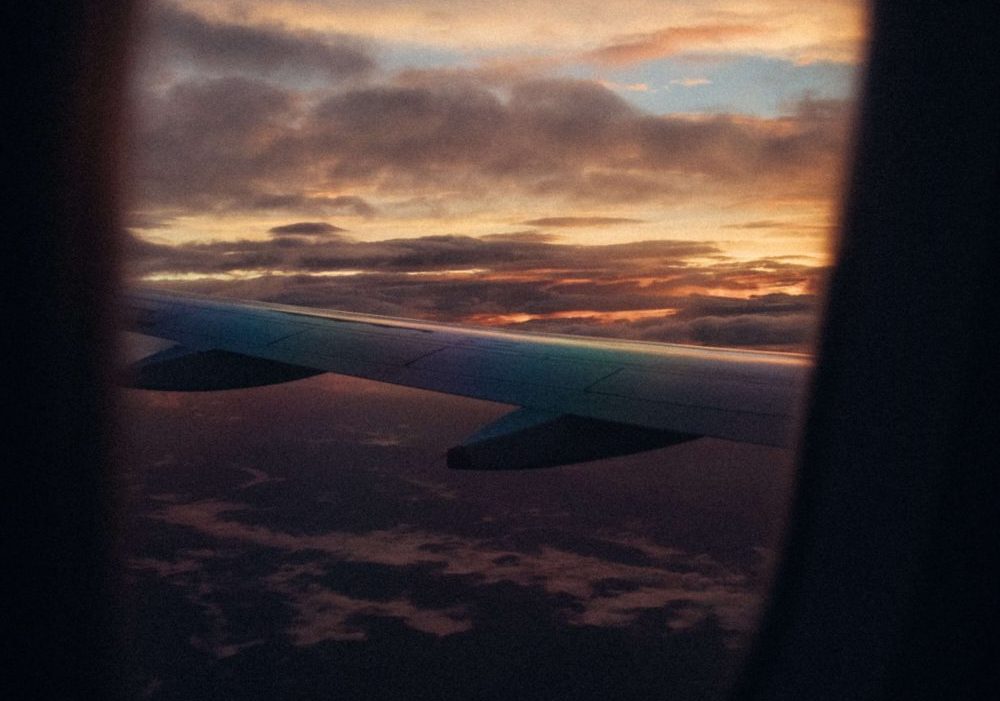Fluorescent lighting has been a staple in aircraft interiors for decades. However, the environmental implications of using fluorescent tubes in aircraft cabin interiors have become increasingly concerning.
The European Union RoHS Directive
Earlier this year, the European Union (EU) imposed a ban on the sale, supply, and import of fluorescent lamps into the region. The decision, rooted in justifiable environmental concerns, ends previous exemptions for the use of the toxin mercury in lighting units. This landmark part of the RoHS (Restriction of Hazardous Substances) Directive now forces European aircraft operators still using fluorescent lighting to closely examine future plans for their cabins, with operators in other regions wise to do the same.
Why are fluorescent lights bad for the environment?
As well as housing mercury – a toxic chemical which threatens environmental risk in the case of damage or disposal – fluorescent lights sometimes contain other hazardous materials such as phosphor coatings, which increase disposal challenges for operators. Safe handling and careful discarding or recycling (where possible) are essential to prevent these materials from entering and damaging our ecosystems; no easy feat for maintenance teams working with restricted time and resources. Mercury is not only a risk to the environment, as exposure can also cause serious health problems. The WHO (World Health Organisation) lists mercury as one of the top ten chemicals of major public health concern and has recommended the phasing out of non-essential mercury-containing products, like fluorescent lamps, for some time.
And it’s not just the challenges around decommissioning fluorescent tubes safely which make the units decidedly environmentally unfriendly. Fluorescent systems have a much shorter lifespan than the far more efficient LED interior lighting products available today. Our own LED lighting product, Cobalt Spectrum, is one such example. Our system has been flying for nearly a decade and, in that time, we’ve experienced first-hand the efficiencies LED systems offer over fluorescent units (it’s one of the reasons we developed Cobalt Spectrum in the first place!)
Why is LED lighting better?
Perhaps the most obvious advantages of using LED (Light Emitting Diode) over fluorescent bulbs are their physical attributes: they are smaller and far lighter. This not only helps operators to save on the total weight of the aircraft, but also to burn less fuel, which makes for a more economical and sustainable flight. LEDs produce much less heat than fluorescent lights, making them far more efficient. On-board, LED units convert more energy into visible light than fluorescent systems, and as a result emit less heat, thus making better use of the energy they are being supplied with and using less power to illuminate an aircraft interior.
LEDs also contain no hazardous materials, making them much easier to recycle at the end of their long lives. Operators should look to install an LED lighting system which capitalises on the bulbs’ discrete size and weight with a tube design that makes the most of lightweight, yet durable material choices. We achieved this by leveraging our team’s Formula 1 engineering experience and expert knowledge of aerospace materials, creating a one-piece polycarbonate shell that is both tough and light. This design saves operators significant amounts of weight on-board: for example, A380 operators can save a staggering 250kg by replacing a fluorescent lighting system with Cobalt Spectrum.
Cobalt Spectrum also includes our unique Age Correction Technology. This technology uses our smart algorithms to bring all the LED bulbs in a system to the same colour temperature and luminosity, regardless of an individual bulb’s provenance. This means that the aircraft interior remains looking uniform and beautifully lit throughout the system’s life. Furthermore, because Cobalt Spectrum tubes have a MTBF (Mean Time Before Failure) of over 500,000 hours, which far exceeds traditional fluorescent tube obsolescence and ensures fewer light units are used and disposed of over an aircraft’s time in service, generating far less waste.
Contact us today to find out just how easy and quick it is to swap your fluorescent lighting system for Cobalt Spectrum drop-in LED mood lighting.


